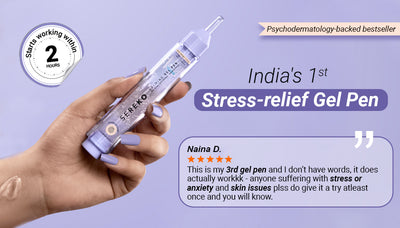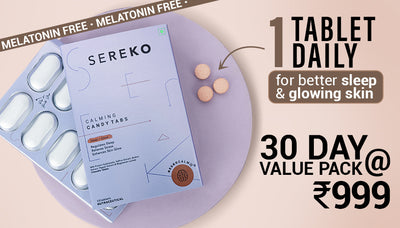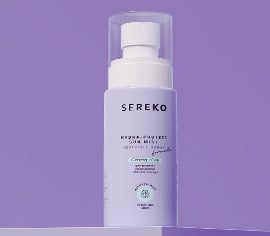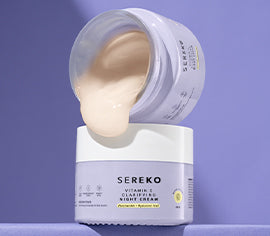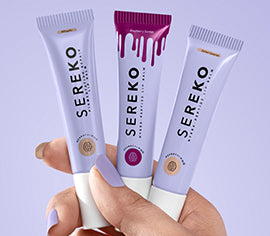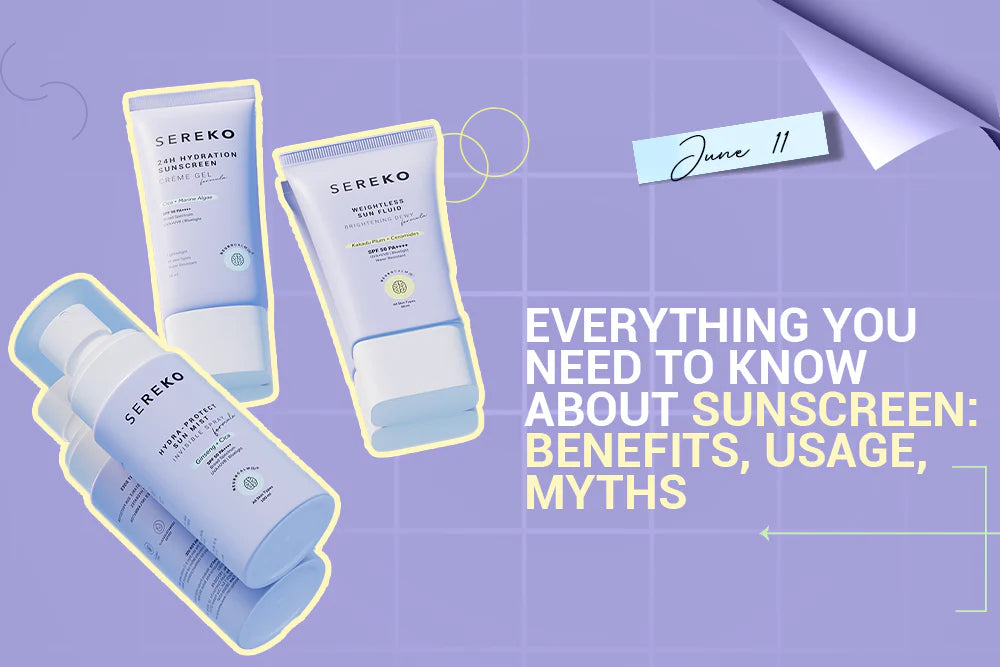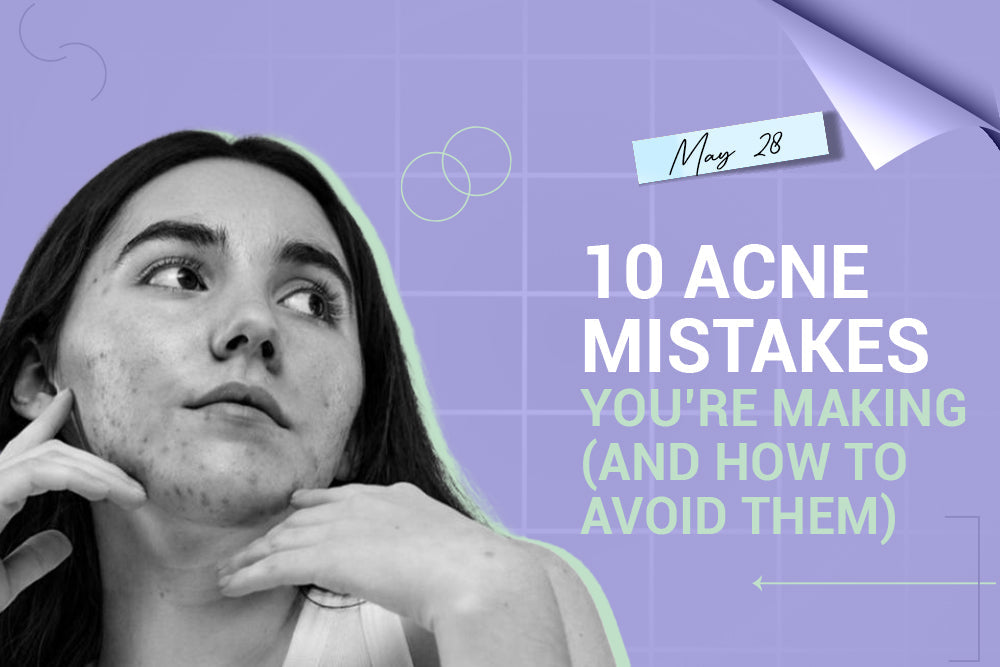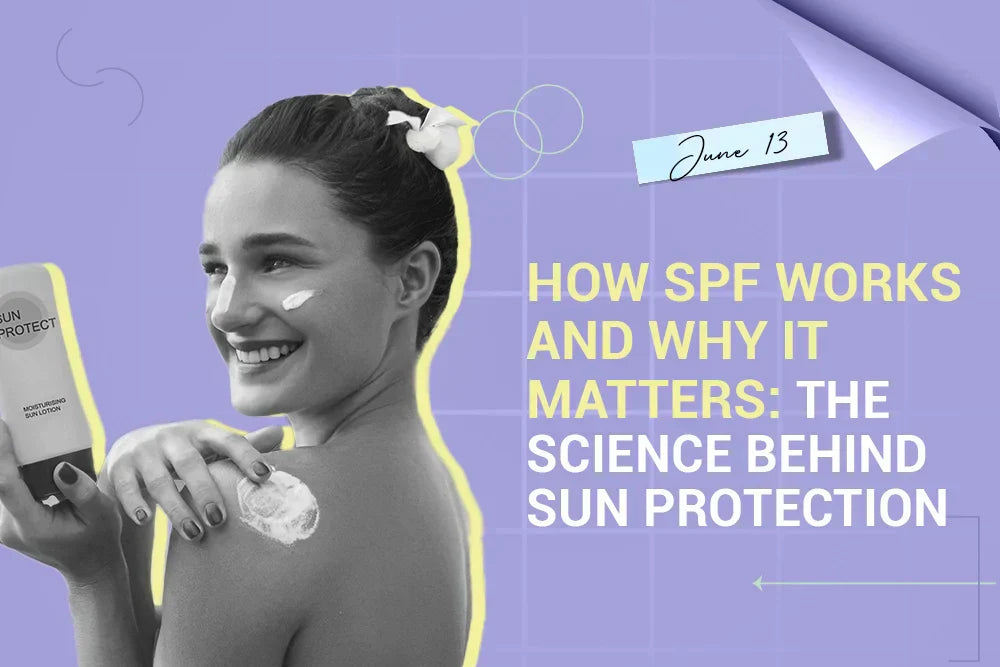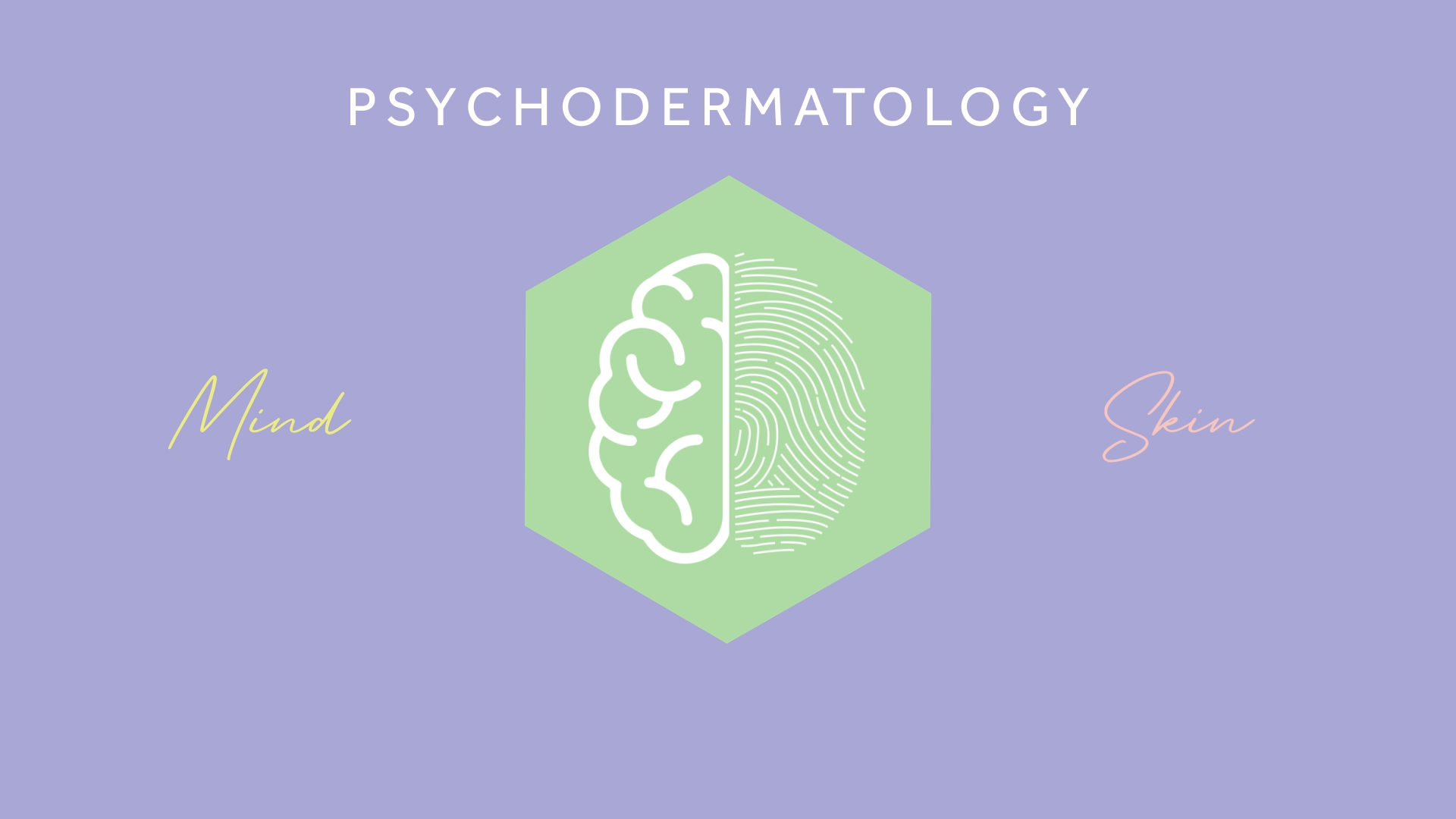Sunscreen might just be the most underestimated step in your skincare routine. Most people know they should use it, but few really understand why it matters or how to use it correctly. It’s not just about avoiding sunburn. It’s about protecting your skin from the things you can’t always see, like long-term damage, uneven texture, and early signs of ageing.
This guide is here to make sense of it all. From what SPF actually means to choosing between physical and chemical formulas, we’re breaking down everything you need to know in a way that feels clear, practical, and easy to apply.
What Is Sunscreen and How Does It Work?
Sunscreen is a skincare product designed to protect the skin from the harmful effects of ultraviolet (UV) radiation. It works by either absorbing, reflecting, or scattering UV rays before they penetrate the skin. There are two main types of sunscreen: physical (also known as mineral) and chemical.
Physical vs. Chemical Sunscreens
Understanding the difference between physical and chemical sunscreen is key to choosing the right product for your skin.
-
Physical Sunscreen: Contains active mineral ingredients like zinc oxide or titanium dioxide. These sit on the surface of the skin and reflect UV rays. They are often recommended for sensitive skin and start working immediately upon application.
- Chemical Sunscreen: Contains organic (carbon-based) compounds like oxybenzone, avobenzone, and octinoxate. These absorb UV rays, convert them into heat, and release them from the skin. Chemical sunscreens often have a lighter texture and blend more easily into the skin.
When comparing sunscreen physical and chemical options, consider your skin type, lifestyle, and preference for ingredients. This understanding helps when debating sunscreen chemical vs physical for your skincare regimen.
It's always important to do a patch test before incorporating any skincare into your routine.
Types of UV Filters and Their Functions
Ultraviolet (UV) filters are used to block or absorb ultraviolet light, which can be harmful to the skin, eyes, and materials such as plastics and dyes. UV filters are commonly found in sunscreens, skincare products, and optical applications like photography and lenses. There are two main categories of UV filters:
1. Physical (Mineral) UV Filters
These filters sit on the skin’s surface and physically deflect or scatter UV rays. They are often less irritating and preferred for sensitive skin.
-
Zinc Oxide: Offers broad-spectrum protection against both UVA and UVB rays. It’s gentle on the skin and often used in baby sunscreens and mineral formulas.
- Titanium Dioxide: Also provides broad-spectrum coverage but is especially effective against UVB rays. It’s commonly used in combination with zinc oxide.
2. Chemical (Organic) UV Filters
These absorb UV radiation and convert it into harmless heat. They tend to be more cosmetically elegant (less white cast) but may cause irritation in sensitive individuals.
Common types include:
-
Avobenzone: Effective against UVA rays. Often combined with other filters to stabilize it.
-
Octinoxate (Octyl Methoxycinnamate): Protects against UVB rays. Common in many daily wear sunscreens.
-
Oxybenzone: Provides broad-spectrum protection but has raised concerns over potential hormonal effects and environmental impact.
-
Homosalate: Absorbs UVB rays and often used in combination with other filters.
- Octocrylene: Stabilizes other UV filters like avobenzone and provides UVB protection.
3. New-Generation UV Filters
New-generation UV filters are advanced chemical compounds developed to offer more stable, effective, and skin-friendly protection compared to traditional filters. These filters are commonly used in European and Asian sunscreens but may not yet be approved in certain countries like the U.S. due to regulatory delays.
Here are some of the most notable ones:
Tinosorb S (Bemotrizinol)
- Protection: Broad-spectrum (UVA + UVB)
- Features: Extremely photo-stable and can stabilize other filters like avobenzone.
- Use: Found in many European sunscreens. Offers long-lasting protection with low skin irritation risk.
Tinosorb M (Bisoctrizole)
- Protection: Broad-spectrum
- Features: Acts as a hybrid filter — it both absorbs and reflects UV rays. It’s also water-resistant and highly stable.
- Use: Often used in combination with other filters to boost efficacy.
Uvinul A Plus (Diethylamino Hydroxybenzoyl Hexyl Benzoate)
- Protection: Primarily UVA (especially UVA1)
- Features: Highly photostable and compatible with other UV filters. Offers long-term UVA protection.
- Use: Common in Asian and European formulations.
Uvinul T 150 (Ethylhexyl Triazone)
- Protection: UVB
- Features: One of the most effective UVB filters available with very high absorption at low concentrations. Excellent photostability.
- Use: Often included in high-SPF sunscreens.
Mexoryl SX (Ecamsule)
- Protection: UVA (especially short UVA)
- Features: Water-soluble and highly stable under sunlight. Often used in facial sunscreens.
- Use: Patented by L’Oréal and found in products like La Roche-Posay Anthelios.
Mexoryl XL (Drometrizole Trisiloxane)
- Protection: Broad-spectrum
- Features: Oil-soluble and complements Mexoryl SX. Adds UVB coverage and helps stabilize formulas.
- Use: Often combined with Mexoryl SX in premium sunscreen lines.
4. Broad-Spectrum Formulations
Most modern sunscreens combine multiple UV filters to achieve "broad-spectrum" protection — meaning they protect against both UVA and UVB rays. The combination also helps to increase the effectiveness and stability of the product.
How Do UV Rays Affect Your Skin?
Sunlight is essential for our well-being. It regulates our sleep, uplifts our mood, and helps our body produce vitamin D. But when it comes to our skin, not all sunlight is friendly, especially the ultraviolet (UV) part.
Understanding how UV rays affect your skin is the first step in protecting it. And in a world where sun damage can show up as premature aging, pigmentation, or even skin cancer, daily sun protection isn't optional, it's essential.
The Science Behind UV Rays
UV radiation is composed primarily of two types of rays that reach the Earth’s surface: UVA and UVB.
-
UVA rays penetrate deep into the skin, down to the dermis. They damage collagen and elastin, leading to wrinkles, loss of firmness, and premature aging. UVA rays are also known to contribute to skin cancer and can pass through glass and clouds.
- UVB rays affect the outermost layers of the skin. These are the rays responsible for sunburn, inflammation, and direct DNA damage. UVB exposure plays a key role in the development of most types of skin cancer.
Over time, both types of UV radiation cause visible and invisible harm, ranging from dryness and uneven skin tone to suppressed immune responses and DNA mutations.
So, how do you protect your skin? With effective, skin-friendly sunscreen. And not just any sunscreen, one that hydrates, protects, and integrates effortlessly into your lifestyle.
Not All Sunscreens Are Created Equal
While traditional sunscreens focus on blocking UV rays, the next generation of sun protection goes further. At SEREKO, we’ve developed three distinct sunscreen formulations, each designed not just to shield your skin but to hydrate, brighten, and support skin-mind wellness.
Powered by advanced filters and NeuroCalm(S)® blend, our sunscreens help counter the visible and emotional effects of sun stress.
1. 24H Hydration Sunscreen – For Deep Hydration and Calm Skin

SPF 50, PA++++ | New Gen UV Filters | Waterlight Crème Gel
If your skin craves moisture, this is your daily essential. Our 24H Hydration Sunscreen delivers long-lasting hydration while protecting your skin from UVA, UVB, and blue light damage.
Formulated with Hyaluronic Acid, Vitamin E, Cica, and Marine Algae, this ultra-light gel crème blends seamlessly into the skin with no white cast, making it ideal even under makeup.
- Long-lasting 24-hour hydration
- Lightweight and non-greasy
- No pilling or irritation
-
Fragrance-free and safe for sensitive, acne-prone skin
- Doubles as a light moisturiser
- Water and sweat-resistant
- Photostable formula powered by Tinosorb® M, Tinosorb® S, and Uvinul®
Infused with NeuroCalm(S)®, this formula not only defends against UV damage but also helps reduce stress-induced skin concerns. In a consumer perception study, 92.1% reported an instant soothing sensation, and 84.2% felt immediate hydration.
2. Weightless Sun Fluid – For Brightening and Even Skin Tone

SPF 50, PA++++ | Hybrid UV Filters | Dewy Finish
Part of our Vitamin C range, this sunscreen is your go-to for achieving radiant, even-toned skin while staying protected.
Kakadu Plum (a potent natural source of Vitamin C) and Ceramides help brighten the complexion, fade pigmentation, and strengthen the skin barrier. Its dewy, non-sticky formula leaves skin glowing, not greasy.
- Fights pigmentation and tanning
- Strengthens the moisture barrier
- No white cast, no pilling
- Fragrance-free and suitable for sensitive skin
- Water-resistant with advanced Hybrid Filters: Titanium Dioxide + Tinosorb® M
Powered by NeuroCalm(S)®, it reduces inflammation and helps elevate mood. 71% of users showed protection from DNA damage, while 81.6% said it performed better than any other sunscreen they’d used.
3. Hydra-Protect Sun Mist – For Effortless Reapplication

SPF 50, PA++++ | New Gen UV Filters | Ultra-Fine Mist
Perfect for on-the-go protection, this lightweight sun mist makes it easy to reapply sunscreen every two hours without disrupting your makeup or skincare.
Formulated with Centella Asiatica, Ginseng, and Micro Marine Algae, it hydrates, soothes, and reinforces the skin barrier with every spray. The ultra-fine mist ensures even coverage and a cooling refresh throughout the day.
- Easy, mess-free reapplication
- No white cast or residue
- Ideal for sensitive and acne-prone skin
- Water-resistant and non-comedogenic
- Powered by advanced filters: Ensulizole, Mexoryl® SX
Just like our other sunscreens, this mist is powered by NeuroCalm(S)® to help reduce the impact of stress on skin health, because skin wellness isn’t just about what you apply, but how you feel.
Why Choose These Sunscreens?
All three products are:
-
Vegan, dermatologically tested, cruelty-free
- Free from fragrance, alcohol, silicones, mineral oil, parabens, sulphates, and phthalates
- Safe for all skin types—including sensitive, acne-prone, and easily irritated skin
- Made with photostable, broad-spectrum UV filters that don’t degrade in sunlight
- Enriched with clean, scientifically-backed ingredients for skin nourishment and protection
But what truly sets them apart is the mind-skin connection. As India’s first psychodermatology brand, we believe in treating skin with science and compassion. That means creating products that work not just on a surface level, but also support emotional well-being.
Why Sunscreen Is Essential for Skin Health
-
Protection Against Skin Cancer
One of the most crucial benefits using sunscreen is protection against skin cancer. Regular use of broad-spectrum sunscreen significantly reduces the risk of developing melanoma and other skin cancers.
2. Anti-Aging and Skin Preservation
SPF benefits skin by preventing signs of aging such as fine lines, wrinkles, and hyperpigmentation. Sun exposure accelerates the breakdown of collagen and elastin, leading to premature aging. The advantage of using sunscreen daily lies in its long-term protective effects.
3. Essential for Everyday Use
Many people mistakenly believe sunscreen is only necessary on sunny days. However, up to 80% of UV rays can penetrate clouds. Incorporating sunscreen into your daily skincare routine is vital, regardless of the weather.
Decoding SPF: What Does It Really Mean?
SPF is everywhere on sunscreen bottles, in beauty ads, and all over instagram!
But what does it actually mean? Is SPF 50 really better than SPF 30? And does higher SPF mean all-day protection?
If you've ever felt confused by those numbers on your sunscreen label, you're not alone. In this guide, we’re breaking down what SPF truly stands for, how it works, and what you really need to know to protect your skin every day.
SPF 15 vs. SPF 30 vs. SPF 50
SPF stands for Sun Protection Factor. It indicates how well a sunscreen can protect skin from UVB rays. For example:
- SPF 15 blocks about 93% of UVB rays
- SPF 30 blocks about 97%
- SPF 50 blocks about 98%
Choosing a sunscreen SPF 50 PA+++ provides high protection, ideal for extended outdoor exposure or sensitive skin types. It’s an excellent choice for people who spend long hours in the sun or have fair skin.
Broad Spectrum Explained
Broad-spectrum sunscreens protect against both UVA and UVB rays. Look for this label to ensure comprehensive coverage. This ensures spf benefits skin across a range of environmental conditions.
How to Choose the Right Sunscreen for Your Skin Type
Your perfect SPF match exists: here’s how to find it:
For Oily Skin
Opt for oil-free, non-comedogenic formulations, preferably in gel or fluid textures. Chemical sunscreens are often lighter and more suitable for oily skin.
For Dry or Sensitive Skin
Look for sunscreens with moisturizing ingredients like hyaluronic acid or ceramides. Physical sunscreens are typically gentler and less likely to cause irritation. Choosing between physical SPF vs chemical SPF depends on how your skin reacts to active ingredients.
For Acne-Prone Skin
Choose fragrance-free, non-comedogenic options. Lightweight formulations with calming ingredients like niacinamide can help.
For Children and Babies
Physical sunscreens with zinc oxide or titanium dioxide are safest for children. Avoid sunscreens with fragrances or harsh chemicals.
How to Apply Sunscreen Effectively
Sunscreen only works if you use it right. Here’s how to make every application count and why it should be part of your daily routine.
Why Daily Use Matters
UV rays are present every day, even when it’s cloudy or you’re mostly indoors near windows. UVA rays, in particular, penetrate glass and contribute to premature aging and skin damage over time. Applying sunscreen every day is essential for long-term skin health, even if you’re not spending hours in the sun.
How Much Is Enough?
- Use about a nickel-sized amount for the face
- About a shot glass full (one ounce) for the entire body
Reapplication Guidelines
-
Every 2 hours, or more frequently if you’re sweating or swimming
- Even water-resistant formulas lose effectiveness over time.
Common Mistakes to Avoid
- Applying too little product
-
Skipping sunscreen on cloudy or cool days
-
Not reapplying often enough
-
Missing areas like ears, neck, scalp, lips, and the tops of feet
Sunscreen Myths Debunked
From “you don’t need SPF indoors” to “darker skin doesn’t burn”—we’re busting it all.
1. You Don’t Need Sunscreen on Cloudy Days
False. UV rays penetrate clouds and can still damage your skin.
2. Dark Skin Doesn’t Need Sunscreen
All skin tones need sun protection. Darker skin can still suffer from UV damage, hyperpigmentation, and skin cancer.
3. Makeup with SPF Is Enough
Makeup with SPF offers minimal protection and isn't a substitute for a dedicated sunscreen. Use a separate SPF product underneath makeup.
Natural vs. Synthetic Ingredients in Sunscreen
Confused by ingredient labels? Let’s decode the difference between natural and synthetic SPF.
Ingredient Safety
Both natural and synthetic ingredients can be safe and effective. Physical filters like zinc oxide are considered gentle and safe for sensitive skin. Chemical filters undergo rigorous safety testing. The difference between physical and chemical sunscreen lies in how they interact with the skin and UV rays.
Reef-Safe Sunscreens
Reef-safe sunscreens exclude ingredients like oxybenzone and octinoxate that harm marine life. Look for labels indicating reef-safe or biodegradable formulas, especially when swimming in oceans.
Conclusion
Sunscreen is not just a seasonal product; it is a crucial part of a daily skincare routine. It protects the skin from harmful UV rays, helps prevent premature aging, and significantly reduces the risk of skin cancer.
Whether you choose a physical or chemical formula, what matters most is using it consistently and correctly. Select a sunscreen that suits your skin type, apply it in the right amount, and remember to reapply throughout the day. By making sunscreen a daily habit, you are making a long-term investment in the health and appearance of your skin.
